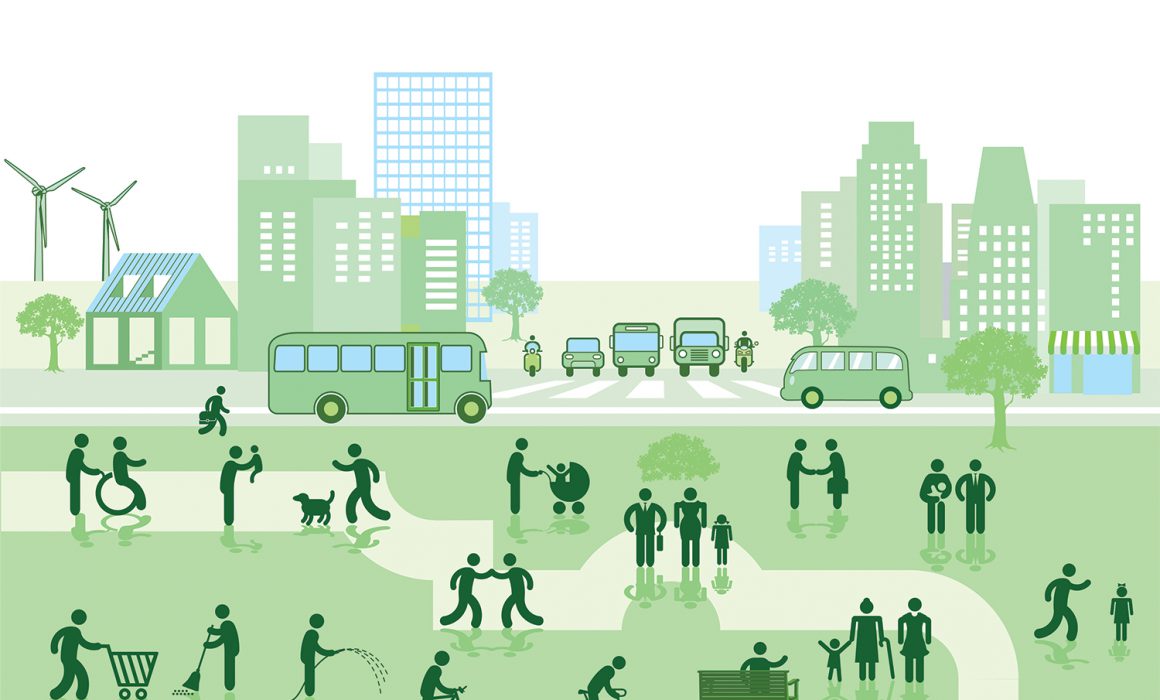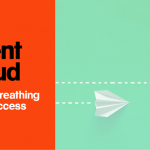These days, even the least tech savvy of us are embracing the convenience technology brings to our daily lives. We can shop and bank online from any device, make contactless payments with our smartphones and even book and pay for taxis at the touch of an app. Increasingly, we expect this level of convenience and interactivity from all service providers and public services are no exception.
Local government directs an abundance of essential services and functions to a diverse and ever-changing citizen population, ranging from education and social care, to transactional systems including council tax and benefits.
Citizens expect to be able to engage with these services wherever they may be, using whichever device they happen to have to hand. The tax-paying public desire greater input into the services they receive and it has become increasingly important that local authorities respond to these expectations in a more agile fashion than ever before.
Cloud computing is now widely accepted as a key digital tool for the job and while uptake by local government to date has been slow, such transformations are now gathering pace as a growing number of councils seek to achieve more with less in these enduring times of austerity.
So, how can the adoption of cloud technologies help local government serve its constituents more effectively?
Improved understanding of citizen needs
Local authorities sit on a mountain of citizen data coming in from a multitude of touch points ranging from waste collection to planning applications. Combined with data collection from technologies such as low cost sensors and the Internet of Things, aspiring digital councils are using cloud-enabled, big data processing to compile and analyse these huge data sets. Such analytics stacks can place powerful insights into the hands of councils in just seconds, in stark contrast to the cumbersome and expensive data processing methodologies of old, and these insights provide the foundation for evidence-based policy.
This wealth of actionable data is being used by progressive councils like Manchester and Bristol to improve the lives of its citizens. Making sense of this expanse of data reveals trends that can help councils find solutions to costly social problems or be used to design services that accurately target the needs of the local residents. It helps councils make informed decisions about how resources should be allocated, while urban infrastructure such as street and traffic lights, can be managed more efficiently.
This coherent consolidation means barriers between historically siloed departments are broken down, facilitating a human-centric, collaborative approach between agencies and paving the way for truly joined up services. A single view of citizen data places information at the fingertips of council officers, frontline professionals and citizens, vastly improving the customer experience across all local government services while driving significant time and cost savings.
The Nesta paper “Datavores of Local Government”, explains how and to what extent better data use can help councils achieve their strategic objectives.
Round the clock services
Citizens want to engage with council services when it suits them; anytime, any place, anywhere and not being able to recover systems quickly from a disaster, can generate a lot of frustration-fuelled negative publicity, while also resulting in significant loss of productivity inhouse.
As more council services move online and more data is stored, processed and used in this environment, local government has a duty to its citizens to ensure that they have a security and disaster recovery strategy that is implemented, up to date, tested and verified. All cloud technologies have a comprehensive set of security offerings that will protect citizen data against unauthorised access, attacks and security breaches.
Most cloud providers will also be able to offer Disaster-Recovery-as-a-Service (DRaaS), where virtual servers are used to back up IT apps and data for failover in the event of a disaster to ensure business continuity, at a fraction of the set up time and cost of traditional disaster recovery plans.
Responsive to citizen needs
A cloud environment gives government organisations the agility to roll out brand new or improved services quickly and at a cost that is both low and scalable. It circumvents lengthy and expensive requests for new hardware and instead makes it possible to spin up new virtual machines in just hours, to test and scale new ideas and apps. In this way it fuels innovation at a rate once only feasible for big businesses with deep pockets.
The changing political landscape continues to bring with it a multitude of policy, regulatory and legislative changes that all public sector organisations need to deliver in short timeframes. Those who are operating in a cloud environment will benefit from the speed of innovation and deployment cloud offers, enabling them to adapt quickly to the altered conditions in which they will be operating.
Improved customer service
Cloud solutions offer numerous features and capabilities that are fundamentally reshaping the workplace, allowing workers to collaborate, communicate and remain productive, wherever their work takes them. Mobile devices can now access computing capabilities that only a few organisations could afford before. By using cloud-based collaboration tools, employees in the field or in citizen-facing roles can stay connected, safely accessing data, case documents and notes from their mobile devices. As Colchester Borough Council has found, this enables field workers to accomplish more in their geographically dispersed roles while delivering a more complete and satisfying customer experience.
Adopting a cloud model gives local governments both the opportunity and capacity to transform its service delivery for employees and citizens alike. With clever planning and investment, councils embracing cloud will realise significant efficiencies and cost savings while laying solid foundations to build infrastructure and services fit for the future.





